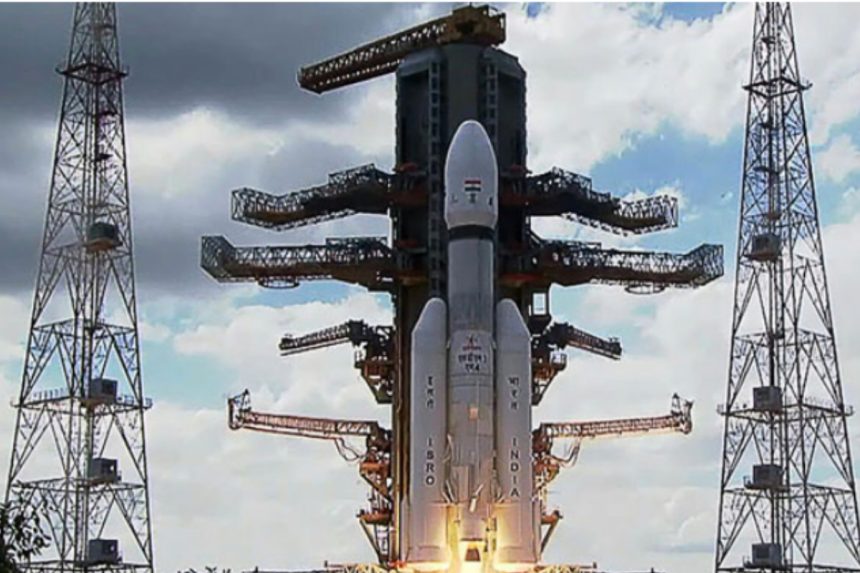- Aims to advance space ambitions and study lunar water ice.
- Lunar water ice considered valuable for moon colony, Mars missions.
- Speculation about moon water dates back to 1960s.
———————————————————————————————————————
India’s space agency is engaged in a mission to land a spacecraft on the moon’s south pole, a significant endeavor that could propel India’s space ambitions forward and enhance our understanding of lunar water ice, a potentially invaluable resource on the moon.
Decades ago, even before the Apollo missions, scientists speculated about the possibility of water existing on the moon. However, the samples returned by Apollo crews in the late 1960s and early 1970s initially appeared devoid of water content.
In 2008, researchers from Brown University reexamined lunar samples using advanced technology and discovered hydrogen within minuscule volcanic glass beads. Subsequently, in 2009, NASA’s instrument aboard the Indian Space Research Organisation’s Chandrayaan-1 probe detected water on the lunar surface.
Around the same time, another NASA probe striking the moon’s south pole unveiled the presence of water ice beneath the surface. A previous NASA mission, the 1998 Lunar Prospector, had already indicated that the highest concentration of water ice could be found in the shadowed craters of the moon’s south pole.
Anticipation surrounds India’s forthcoming lunar mission, Chandrayaan-3, slated for launch on July 14, 2023. Scientists are particularly intrigued by ancient water ice deposits due to their potential to reveal insights about lunar volcanoes, material transport from comets and asteroids, and the origins of Earth’s oceans.
Should sufficient water ice be available, it could serve as a source of drinking water for lunar exploration and assist in cooling equipment. Moreover, it could be converted into hydrogen for fuel and oxygen for breathing, supporting missions to Mars and lunar mining activities.
The 1967 United Nations Outer Space Treaty prohibits countries from claiming lunar ownership, but it lacks provisions preventing commercial operations. The Artemis Accords, led by the U.S. to establish principles for moon exploration and resource utilization, have gained 27 signatories; notable exceptions are China and Russia.
Scheduled for July 14, 2023, India’s Chandrayaan-3 mission aims to make a significant lunar landing. While the Soviet Union, the United States, and China stand as the only countries to achieve successful moon landings, previous attempts have met failure.
The recent crash of Russia’s Luna-25 craft, originally meant to land on the south pole, exemplifies the challenges posed by the region’s craters and trenches, in stark contrast to the relatively smoother equatorial sites of previous missions.
ISRO’s Chandrayaan-3 mission remains on course for a landing attempt on Wednesday, following a previous Indian mission’s unsuccessful 2019 landing near the same target area.
Both the United States and China have their own plans for missions to the moon’s south pole, further emphasizing its importance as a focal point for future lunar exploration.





